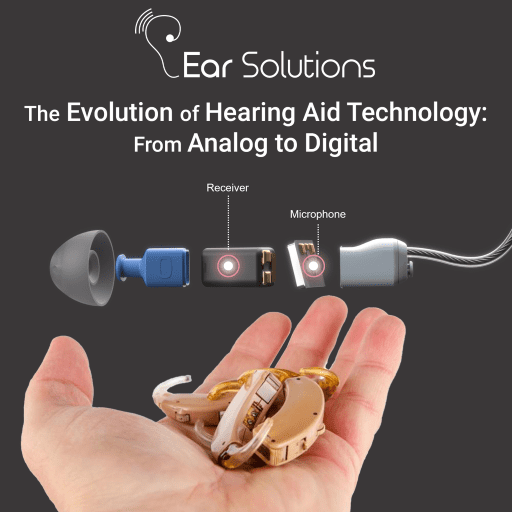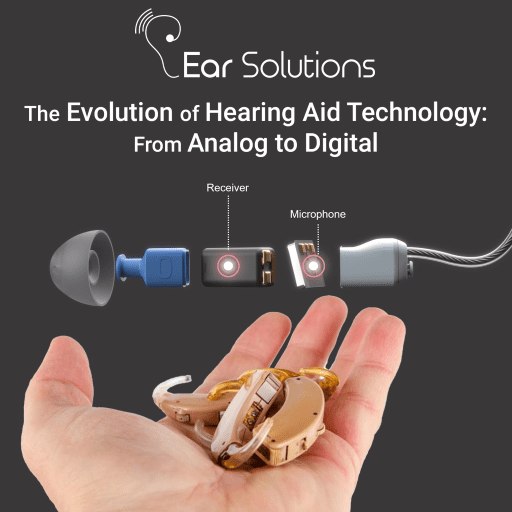The Evolution of Hearing Aid Technology: From Analog to Digital

Hearing aids have come a long way since their inception in the 17th century. From ear trumpets to the digital hearing aids we have today, the technology behind hearing aids has been evolving rapidly. The earliest forms of hearing aids were simple acoustic devices that amplified sound using a hollow horn. Later came the electronic hearing aid, which used vacuum tubes to amplify sound. Today, we have sophisticated digital hearing aids that use advanced algorithms to provide better sound quality and more customization options. In this article, we’ll take a closer look at the evolution of hearing aid technology from analog to digital.
Analog Hearing Aids
Analog hearing aids were the dominant technology for many years before digital hearing aids were introduced. Analog hearing aids work by amplifying all sounds, regardless of their frequency or intensity. This means that background noise and other unwanted sounds are also amplified, which can make it difficult for wearers to understand speech in noisy environments.
Analog hearing aids were available in many different sizes and styles, including behind-the-ear (BTE), in-the-ear (ITE), and in-the-canal (ITC). They were also relatively inexpensive and widely available, which made them accessible to many people. However, their limitations in terms of sound quality and customization led to the development of digital hearing aids.
Digital Hearing Aids
Digital hearing aids use microprocessors to convert sound into digital signals that can be manipulated and processed in a variety of ways. This allows for more precise amplification of specific frequencies and the reduction of background noise. Digital hearing aids also offer more customization options, such as directional microphones and multiple listening programs, which can be adjusted for different listening environments.
Digital hearing aids come in a variety of styles, including BTE, ITE, ITC, and completely-in-canal (CIC). They are also available with wireless connectivity options, such as Bluetooth, which allows wearers to stream audio directly from their smartphone or other devices.
The Advantages of Digital Hearing Aids
Digital hearing aids offer several advantages over analog hearing aids. One of the biggest advantages is improved sound quality, thanks to the advanced algorithms used to process sound. This means that wearers can hear speech and other sounds more clearly and with greater detail, even in noisy environments.
Another advantage of digital hearing aids is their customization options. Wearers can choose from multiple listening programs that are tailored to different listening environments, such as restaurants or outdoor settings. Directional microphones can also be adjusted to focus on specific sounds or voices, which can improve speech understanding.
Finally, digital hearing aids offer wireless connectivity options that allow wearers to stream audio directly from their smartphone or other devices. This can be especially helpful for listening to music or making phone calls.
The Disadvantages of Digital Hearing Aids
While digital hearing aids offer many advantages over analog hearing aids, there are also some potential drawbacks. One of the biggest drawbacks is the cost. Digital hearing aids are generally more expensive than analog hearing aids, which can be a barrier for some people.
Another potential drawback is the complexity of digital hearing aids. While the customization options can be helpful, some wearers may find the technology overwhelming or difficult to use. Additionally, digital hearing aids require more frequent battery changes than analog hearing aids, which can be inconvenient for some wearers.





